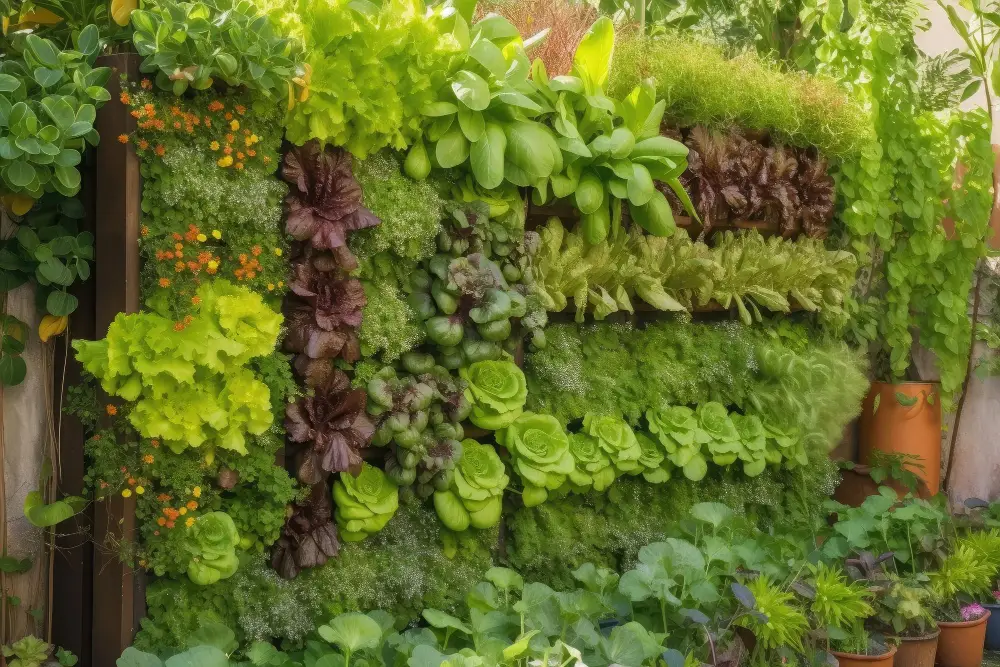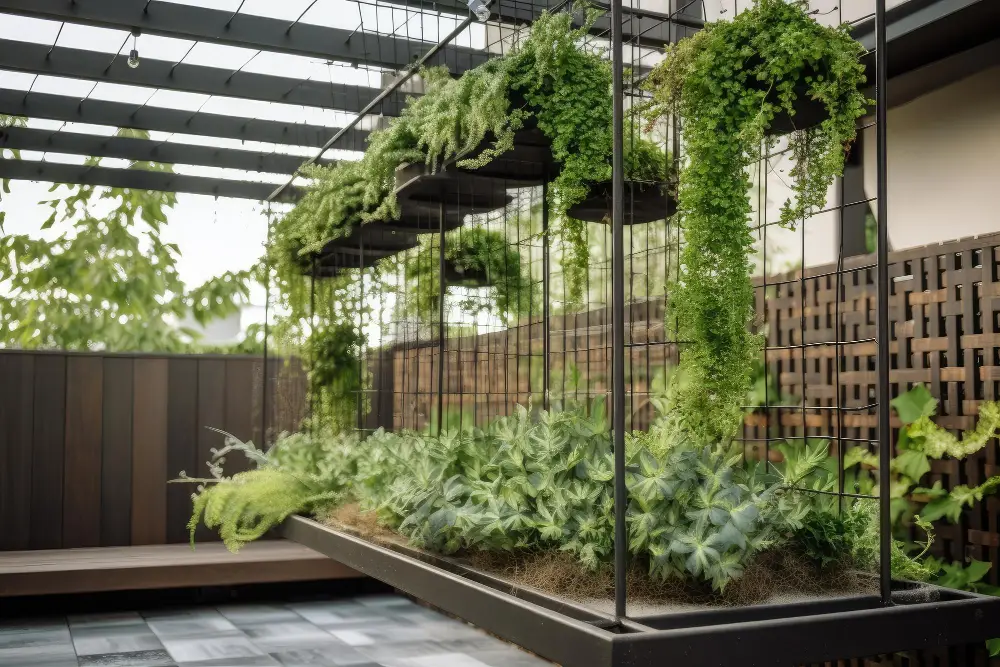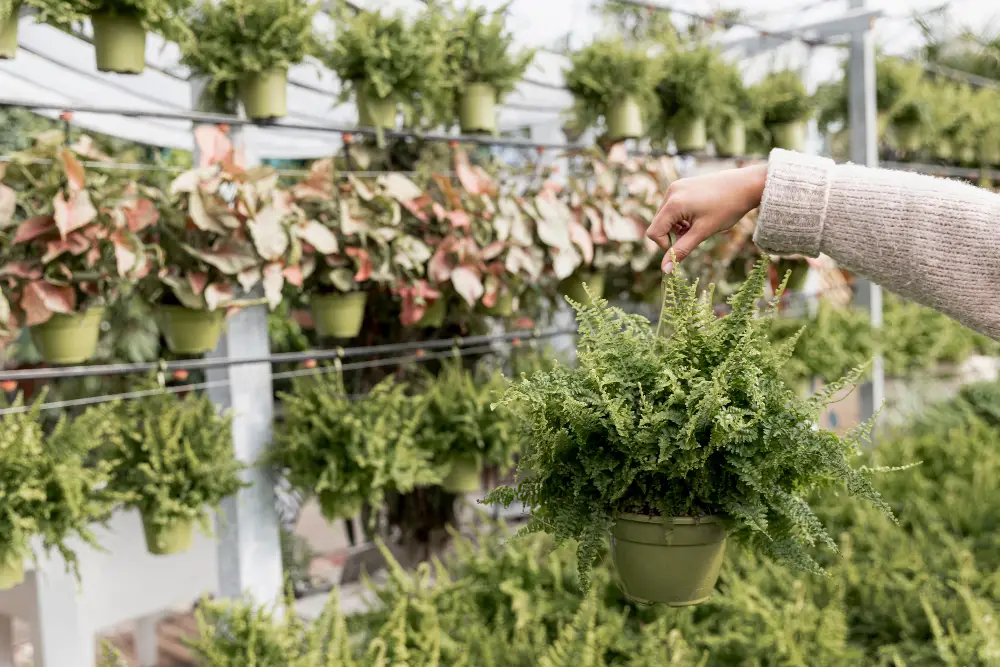Exploring Vertical Gardens in Philippine Residential Buildings

Vertical gardens are a way to bring nature into homes. They are becoming increasingly popular in the Philippines, with various residential buildings incorporating vertical gardens into their design. This is because they offer many benefits for both the owners and renters of these properties.
In this article, we will explore the trend of vertical gardens in Philippine residential buildings. Vertical gardens are becoming increasingly popular in urban environments because they provide beautiful scenery and help reduce pollution. The increasing popularity of vertical gardens has led to a surge in their installation around the world.
In recent years, there have been many residential buildings constructed with rooftop gardens featuring vertical planting systems that create a sense of privacy while still allowing natural light into each unit’s living room or bedroom windows. These types of green spaces also help improve air quality by absorbing carbon dioxide from the atmosphere while releasing oxygen back into it at night when plants go dormant due to lack of sunlight exposure during nighttime hours.
Definition of a Vertical Garden
Cities are growing, and with them comes the need for more space. This can be especially true when you’re planning a move or building your dream home. Vertical gardens are an alternative to traditional outdoor spaces like patios, balconies, and terraces that allow you to grow plants without taking up the space of a full-fledged garden.
Vertical gardens are defined as “a combination of living walls and green walls that are installed on one side of a building façade.” Basically, they’re greenery mounted vertically on either interior or exterior walls in order to beautify your home while keeping it sustainable at the same time! In addition to being aesthetically pleasing, these gardens also serve many other purposes:
- They provide insulation against heat gain/loss during summer/winter seasons by retaining cool air inside buildings during summer months while releasing heat through evaporation from water stored within their soil beds during winter periods;
- They reduce noise pollution by absorbing sound vibrations generated by traffic passing below windowsills where they’re installed;
- They improve indoor air quality by filtering out harmful pollutants such as carbon dioxide (CO2), nitrogen oxides (NOx), sulphur dioxide (SO2) etc.;
- They help reduce the use of artificial lighting by providing natural light through their foliage;
- They increase productivity in office buildings by reducing stress levels among employees who work within them;
- They can act as a deterrent for pests such as ants, cockroaches etc.
These are just some of the many benefits that vertical gardens offer.
Vertical Gardens and Urban Living
Vertical gardening is a natural fit for urban environments. They provide an opportunity to bring nature into the city, which is something many people are looking for. They can help reduce air pollution and add beauty to your home or business.
They don’t require much maintenance and can be a great way to relax and unwind after a long day at work. They also help reduce stress, which is important in an urban environment where stress levels tend to run high.

Vertical Gardens in Philippine Residential Buildings
Vertical gardens are an increasingly popular way to bring nature into your home or your condo. They can be used to beautify the outside of a building, or they may be installed on the inside walls of your living space. In either case, vertical gardens come in a variety of shapes and sizes and are available in many different colors as well as textures.
They’re also extremely adaptable–they’ll grow well in almost any climate or environment.
Vertical gardens can be used in a variety of ways. They can be used to add color and life to an otherwise drab concrete wall, or they can be installed on the interior walls of your home or business. They’re also a great way to bring some greenery into your yard if you live in an area where there’s not much sunlight available.
How to Build a Vertical Garden in a Residential Building in the Philippines
Vertical gardens are a great way to add greenery to your home. They are also known aliving walls, and green walls. A vertical garden is basically a wall that has been planted with various types of vegetation such as grasses, shrubs, and creepers that can grow up from the ground level all the way up to the roof.
Vertical gardens have become very popular in residential homes because they provide several benefits such as reducing heat inside the house by absorbing sun rays through the photosynthesis process (which means they absorb carbon dioxide from the air). This helps reduce pollution levels in our environment by absorbing harmful gases like carbon dioxide which contributes to global warming’s effect on Earth’s climate system.
Here are some important tips when building one yourself:
- Vertical gardens are best suited in areas where there is a lot of sunlight. They can be installed on the walls of houses, buildings, and offices.
- You can use a variety of plants in your vertical garden. These include succulents, cacti, herbs and vines. You should choose plants that are suitable for the climate in your area as they will need plenty of sunlight during the day.
- When you select the plants for your vertical garden, make sure that they are compatible with each other. You don’t want one plant to be shaded by another one because this will cause them not to grow properly or die off.
- You can use metal, wood, or plastic to build your vertical garden. You should also consider the size of the garden you want to build as well as its location.
- When installing your vertical garden, make sure that it is securely fastened to the surface of your choice.
- You should also consider using a drip irrigation system or soaker hose to keep the soil moist.
- When planting your plants, make sure that they are spaced out evenly. You don’t want one plant to be shaded by another one because this will cause them not to grow properly or die off.

Vertical gardens are a great way to add greenery and life to your home or office. They’re also a natural fit for urban environments, where space is often limited and pollution levels are high.
We hope that this article has given you a better understanding of what vertical gardens are, how they can be used in residential buildings, and some examples of them in the Philippines. We also discussed some important factors to consider before building one yourself such as cost and maintenance. Vertical gardens are an innovative way to bring nature into your home while creating an aesthetic appeal at the same time.




